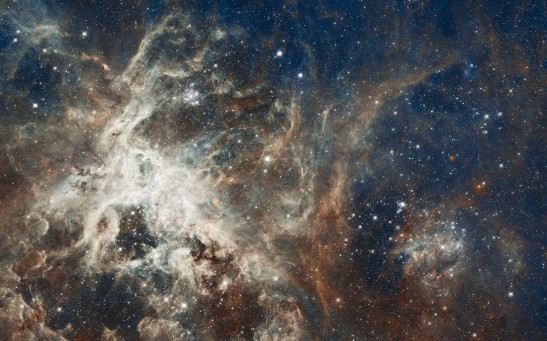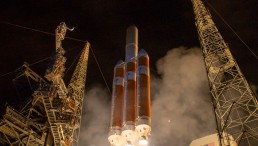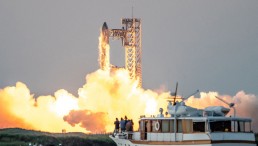Milky Way
ALMA Spots Circumstellar Disk Around Young Star in Large Magellanic Cloud, First Planet-Forming Structure Detected Outside Milky Way
Stars Found in Mysterious River of Hydrogen Gas Flowing in Milky Way’s Outskirts
High-Energy Gamma-Ray Bursts From Milky Way's Central Black Hole Explained by a Rapidly Spinning Gas Blob Moving at 30% Speed of Light
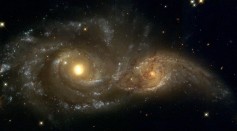
Surprising Rarity of Spiral Galaxies on the Supergalactic Plane: Supercomputer Simulations Unveil Dominance of Bright Elliptical Ones
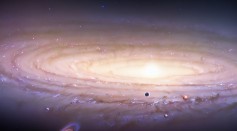
Ancient Spiral Galaxy 'Ceers-2112' Challenges Theories on Galactic Evolution, Resembling Milky Way in Its Youth

Oldest Continents in the Milky Way May Signal Older, More Advanced Extraterrestrial Life
Milky Way’s Flared Edge Finally Explained; Dark Matter’s Titled Halo Enveloping Our Galaxy To Blame
NASA Simulates Space in Millihertz Gravitational Waves, Enhances Our Understanding of the Milky Way Galaxy
Is Milky Way Special? Astronomer Says Comparison With Other Galaxies Is Necessary To Find the Answer
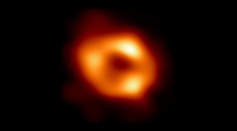
Eerie Echo Reveals Intense Activity of Supermassive Black Hole in the Milky Way's Core
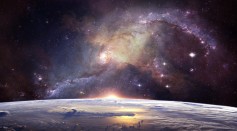
Aliens in the Heart of the Galaxy? Repeated Signals From Milky Way's Core Could Be Greetings From Extraterrestrial Life, New Study Says
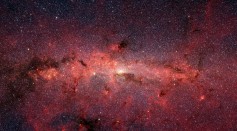
Galactic Bubbles Surrounding the Milky Way: New Evidence of Their Properties Provide Information To Study History of Stars
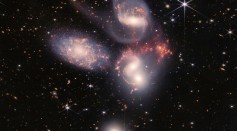
NASA's James Webb Space Telescope Spotted Six Galaxies That Should Not Exist, Challenging Conventional Understanding

Stars Forming at Faster Rate in Milky Way Galaxy Than Previously Thought, Study Reveals
Most Popular

Biggest Proof Mediterranean Diet Leads to Healthy Brain Aging Discovered in New Study
Building Scalable Data Architectures for Big Data Analytics

‘God of Chaos’ Asteroid, As Large As the Empire State Building, Will Have 'Astroquakes' During Near-Earth Flyby in 2029

Newly Discovered Mammal 'Heleocola piceanus' Was a Swamp Dweller Coexisting With Dinosaurs

